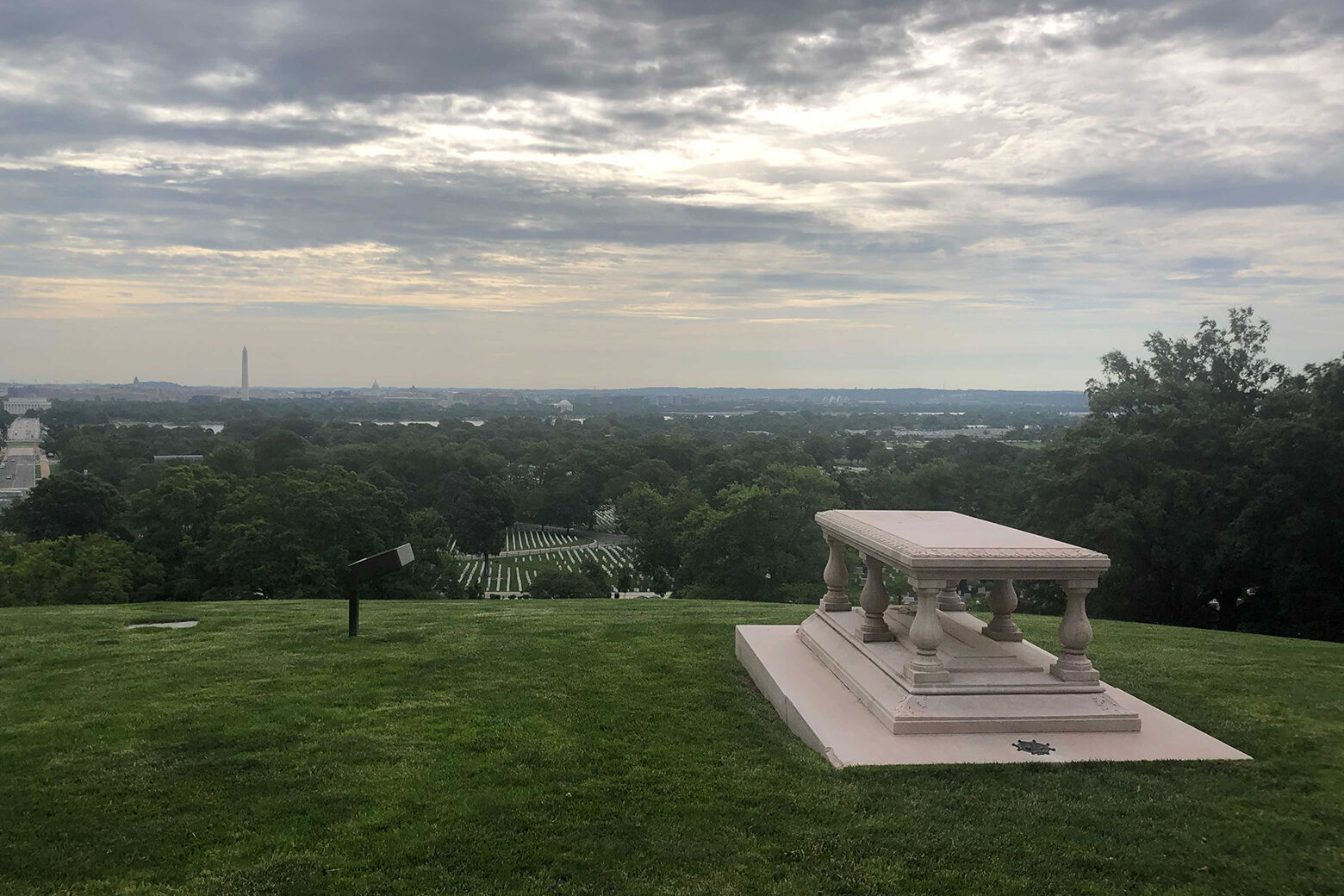
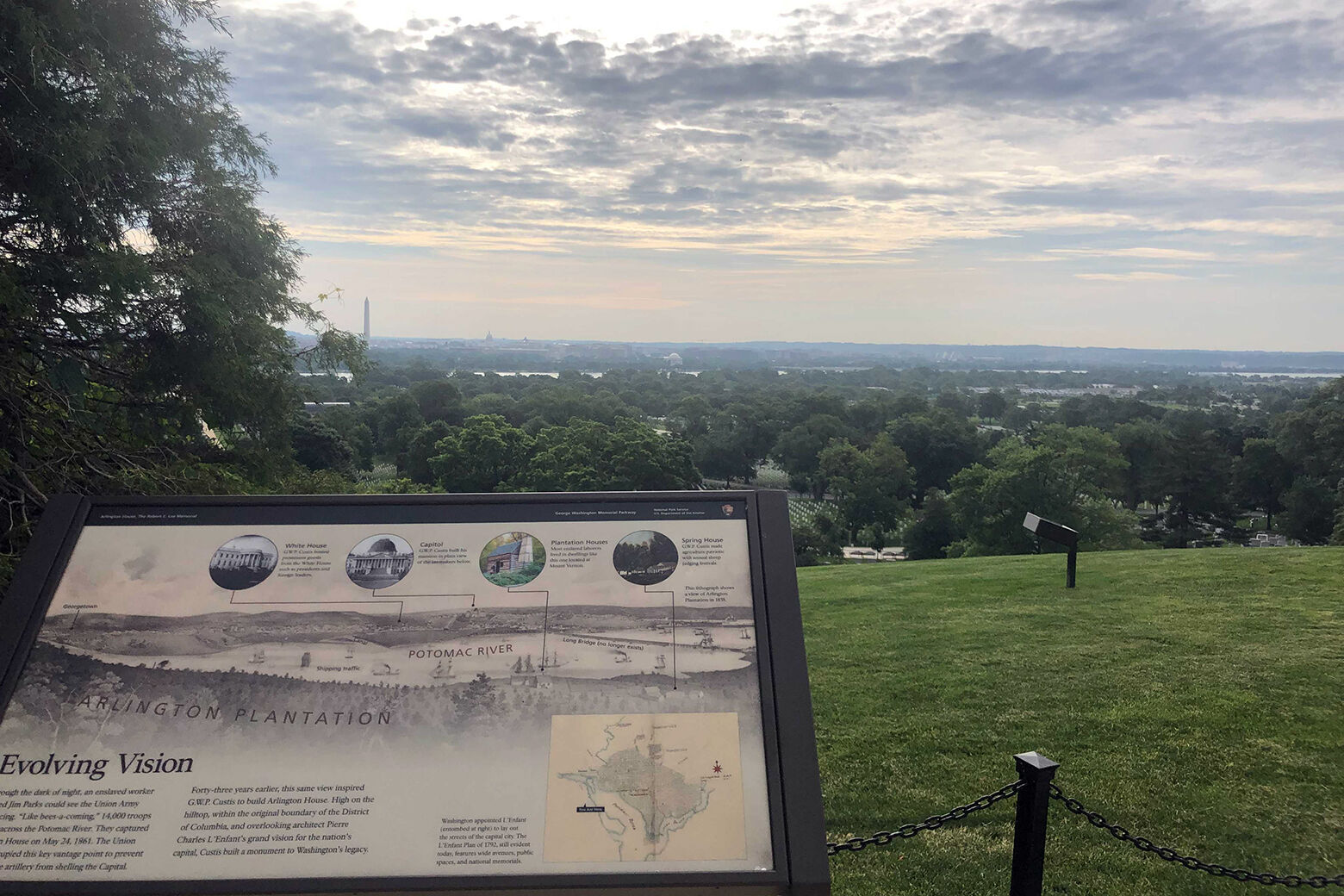
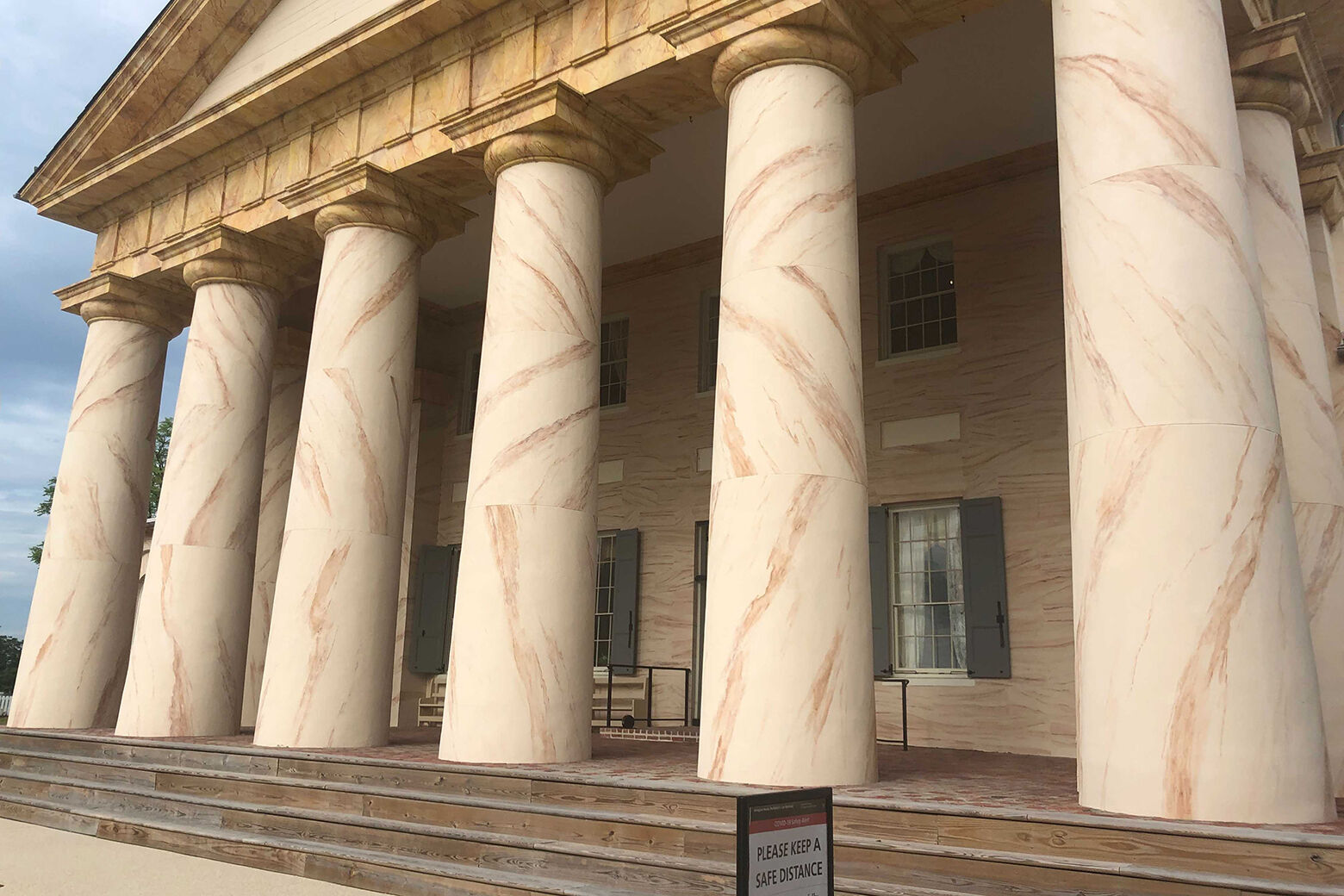
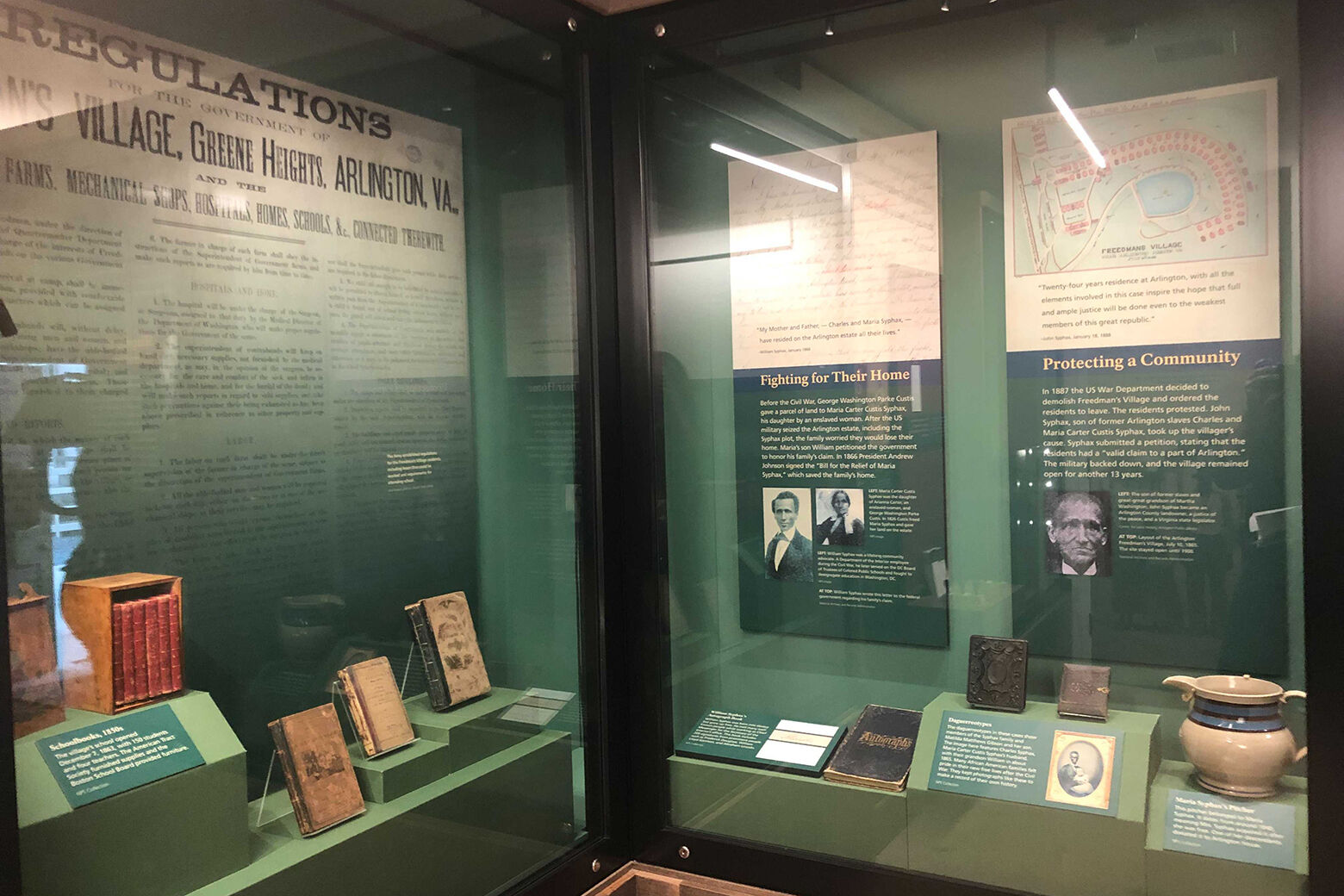
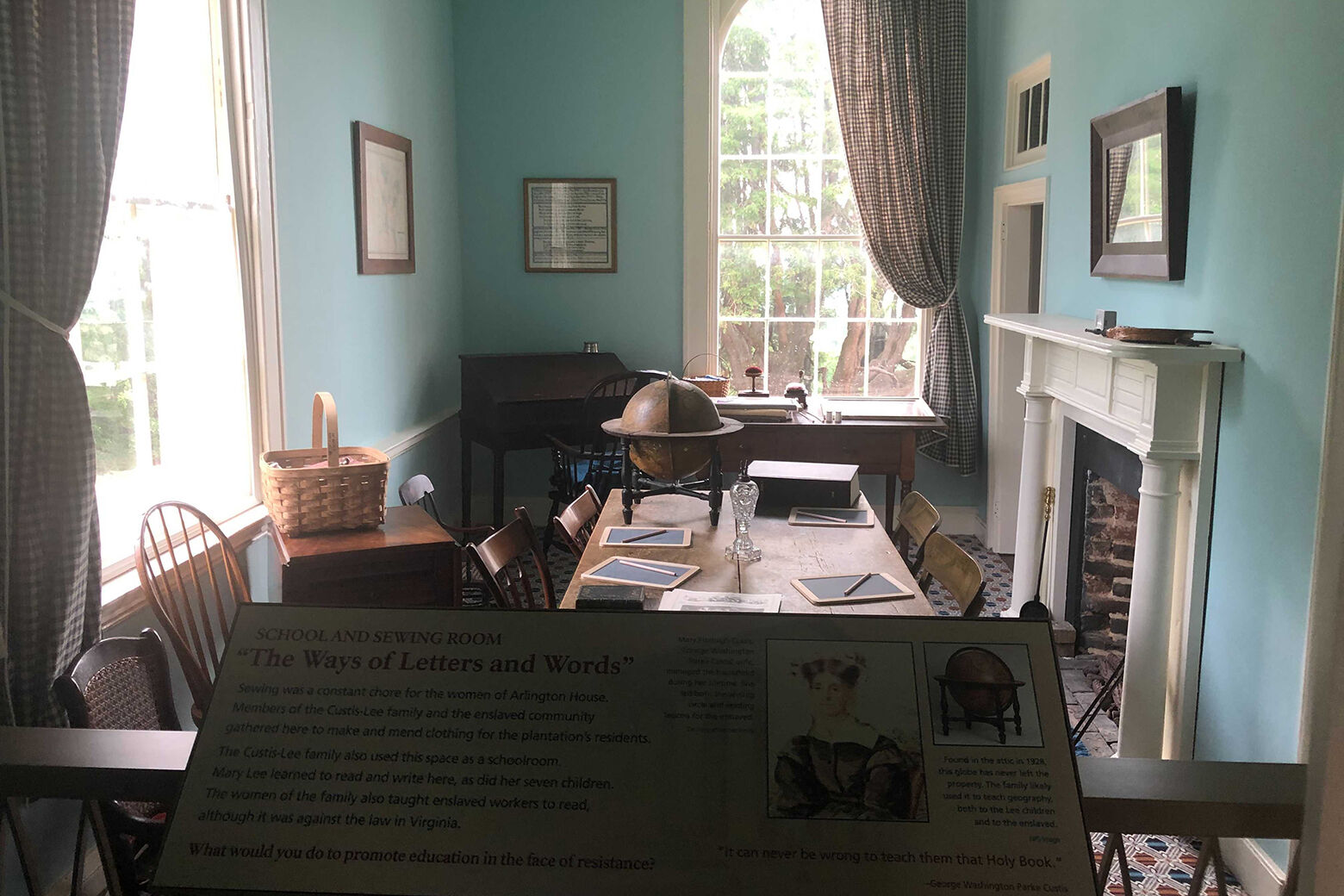
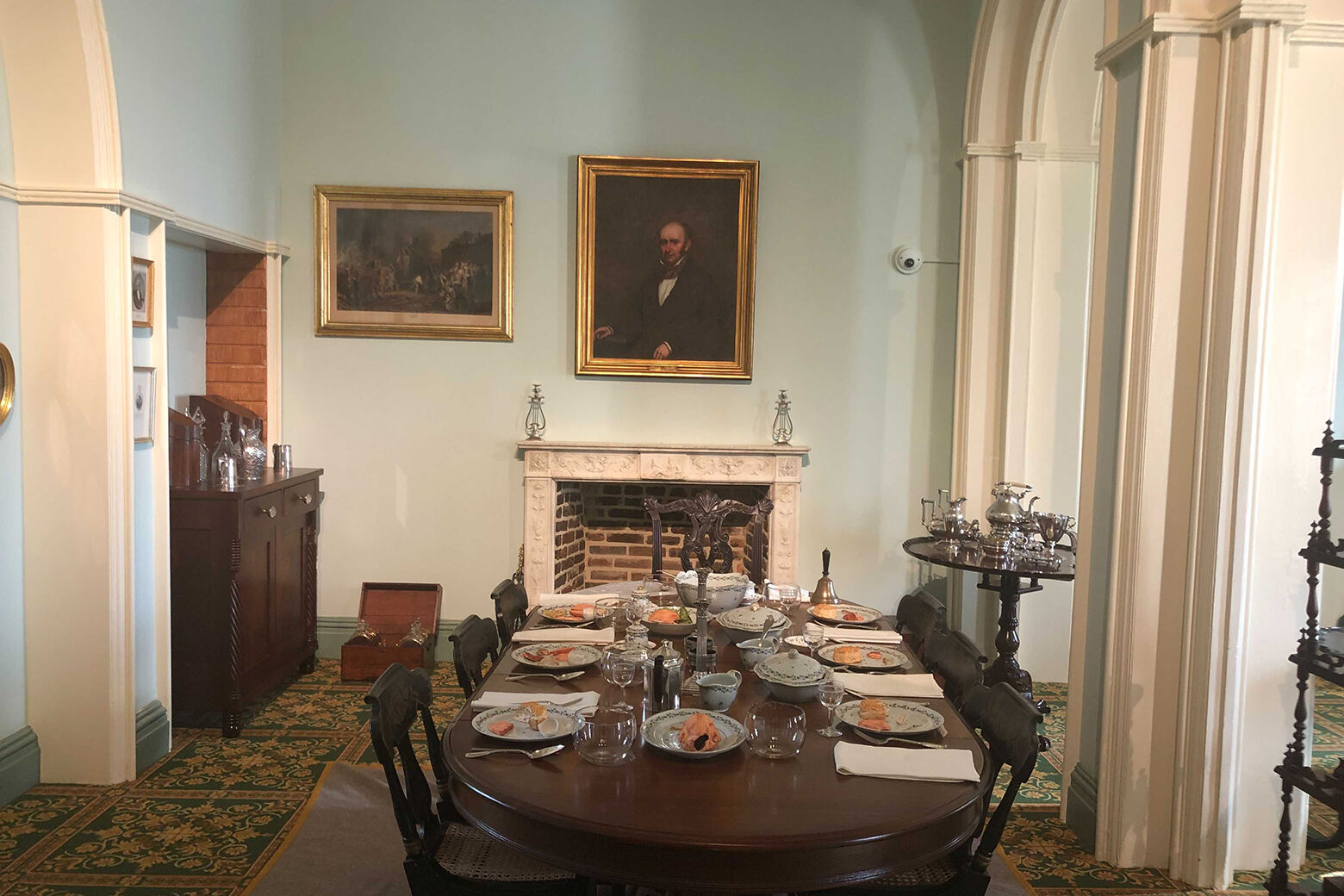
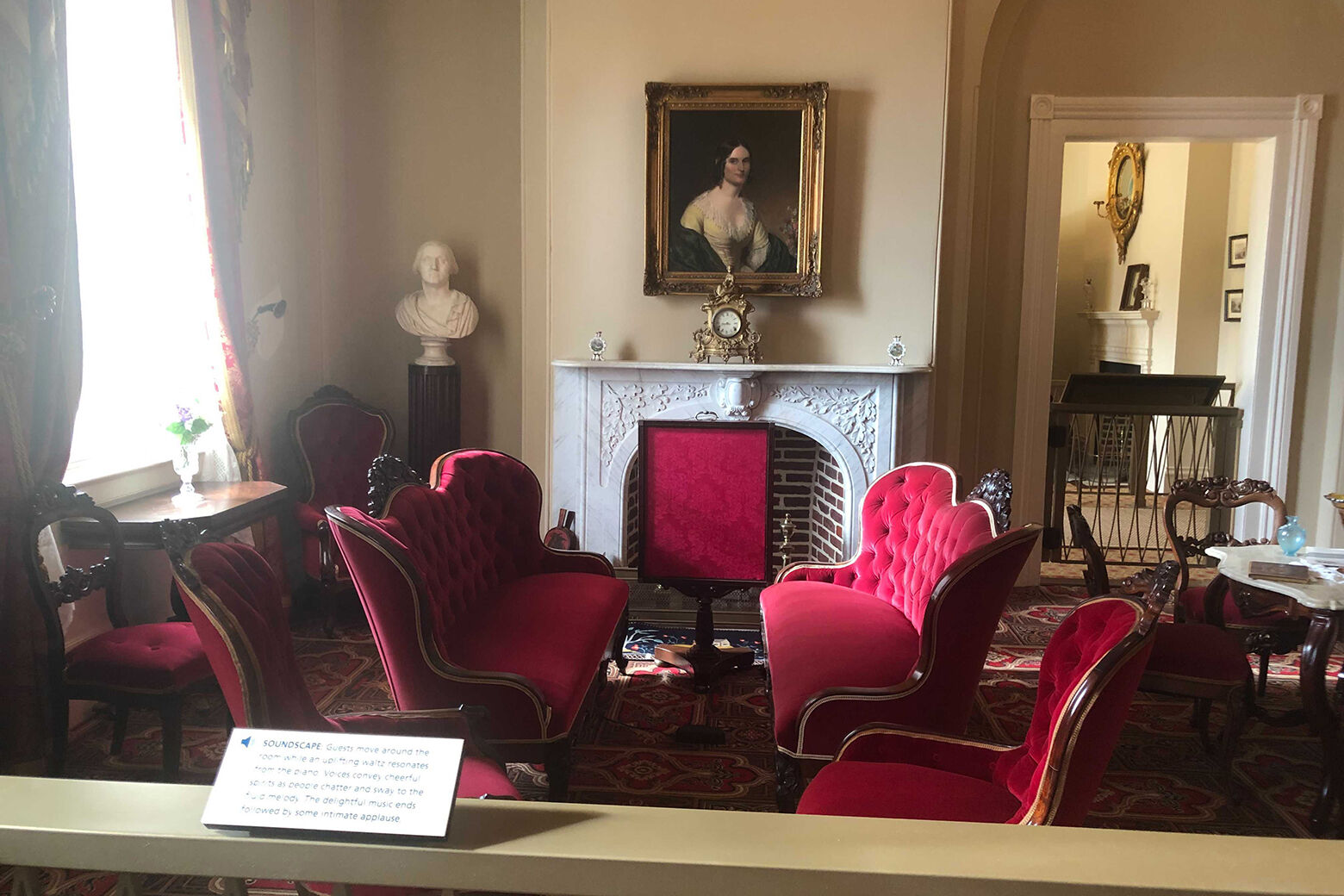
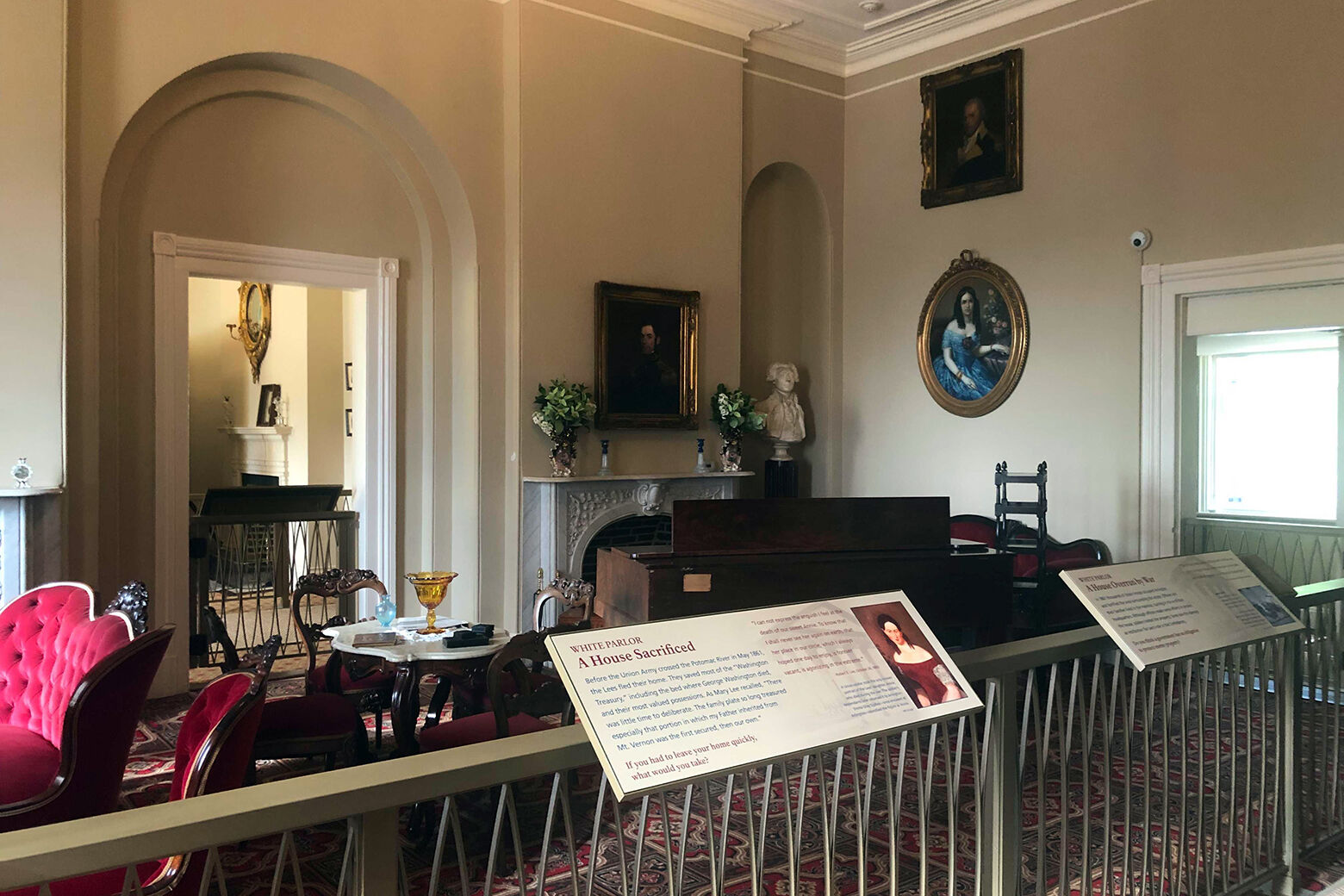
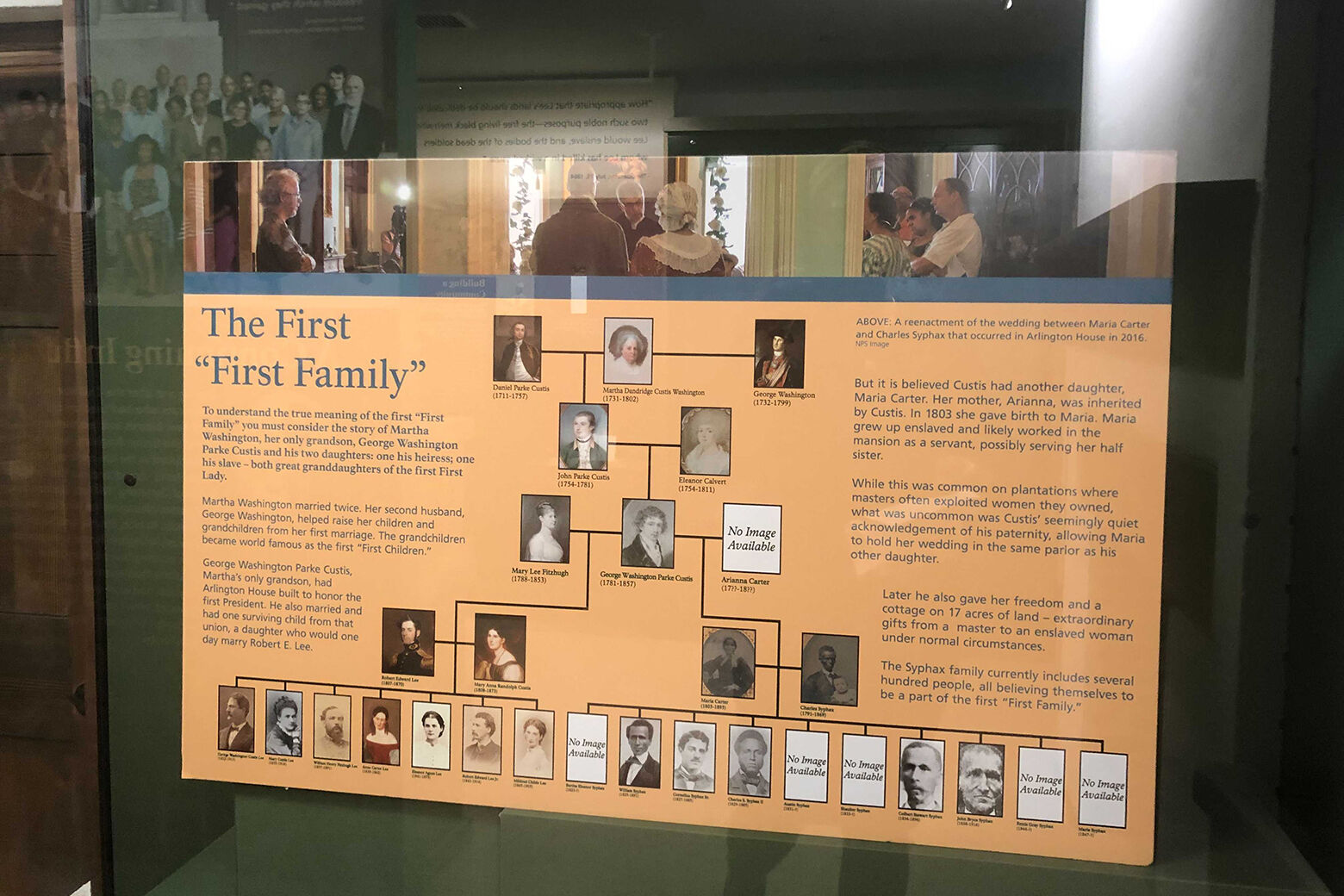
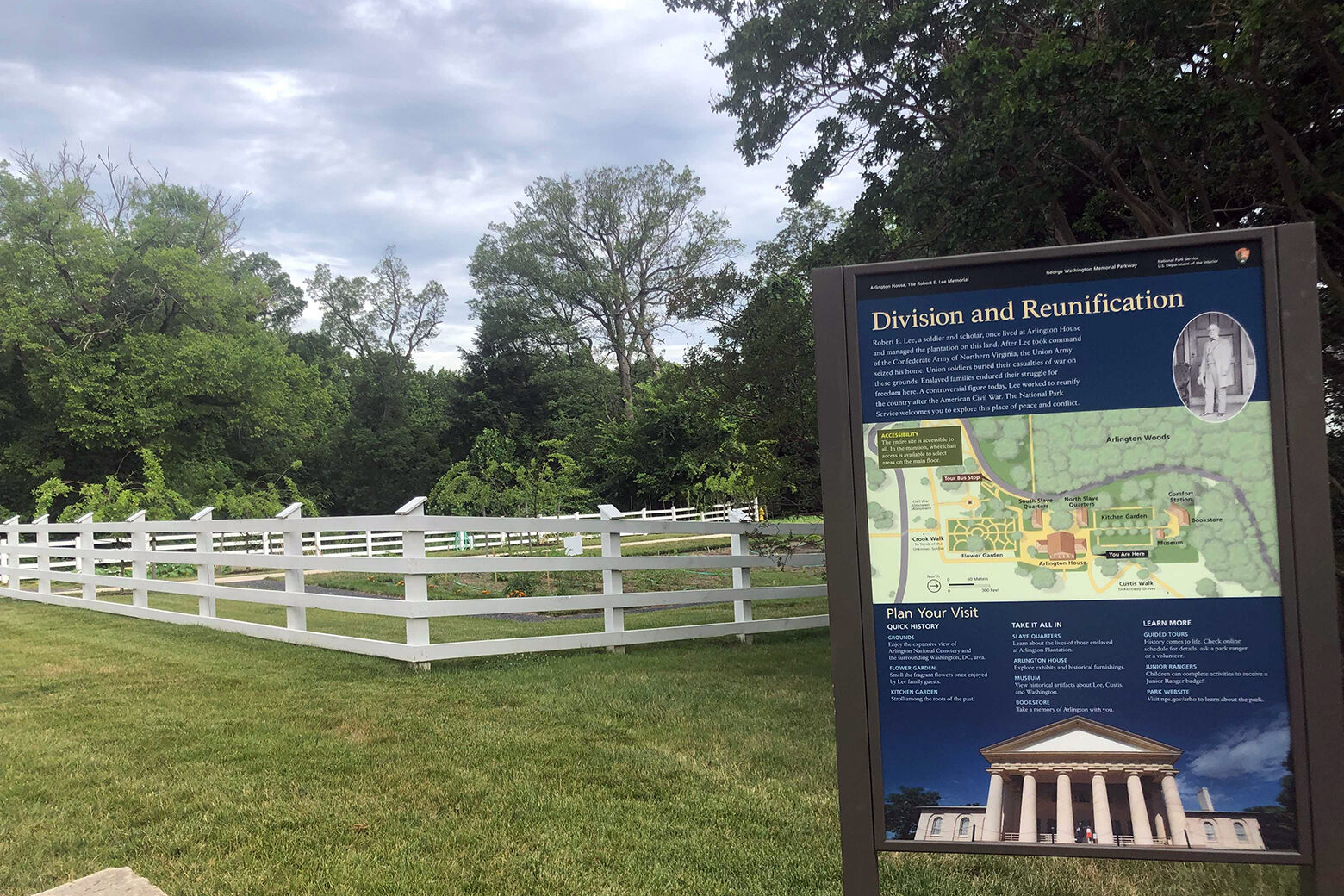
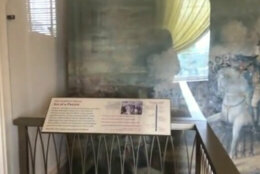


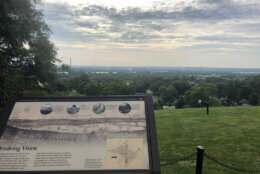

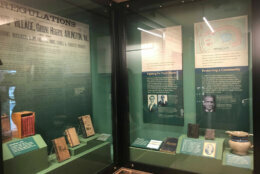
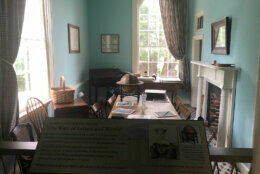


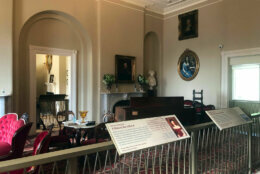
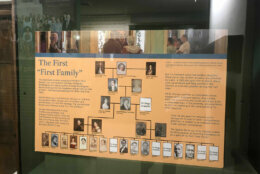
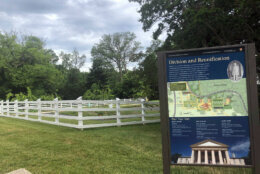
It’s been years since visitors have been able to step foot inside the Arlington House, the home where Robert E. Lee and his family lived, but Tuesday, the Virginia house reopened to the public.
The $12 million restoration project of the house at Arlington National Cemetery began in 2018 and restored much of the plantation home and south slave quarters.
New museum exhibits and more than 1,300 new antiques have been made available to visitors.
The Porticcos, big stone-like columns usually seen from across the Potomac River, were a major part of the project, each repainted by hand.
Aaron Larocca, a park ranger with the National Park Service, said every element outside was redone.
“This is the largest curatorial, or museum project in the history of the park service,” he said.
Some of the hundreds of new items acquired are related to the African American experience and are on display for the first time.
Larocca said a significant archaeological find came during the restoration project: Four bottles pointing north were discovered under the floorboards in the slave quarters of Selena Gray, a new view on life at the Arlington House, directly from the experience of a slave.
“This history is layered, its complicated and complex. We invite the public to explore that with us,” Larocca added. “Ask hard questions and be willing to hear hard answers.”
Autographed books, family photos and letters all tell the stories of the slaves that lived and died on the grounds.
Timed tickets are required to enter the plantation home at Arlington National Cemetery but visitors are welcome to the grounds, gardens and slave quarters without reservations.
Tickets are free, but there is a $1 service charge per ticket.








